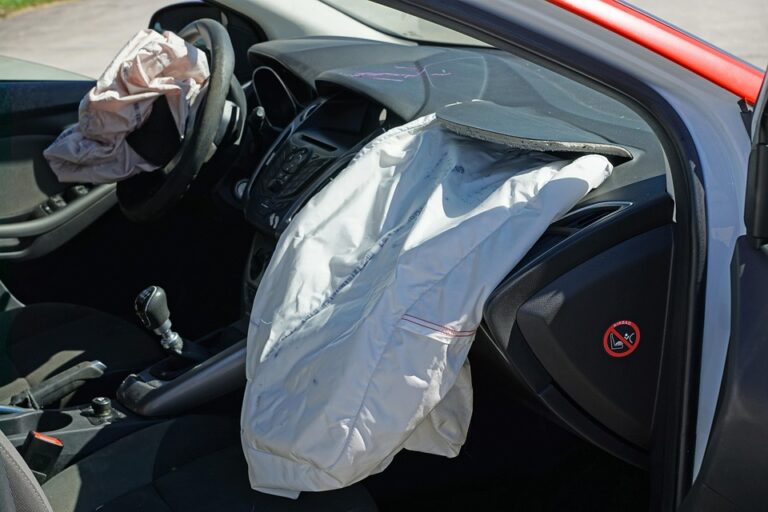What to Do After a Car Accident: A Step-by-Step Insurance Guide
In the unfortunate event of a car accident, knowing the proper steps to take can ease the stress involved and help you navigate the situation effectively. This comprehensive guide provides essential car insurance advice, detailing what to do immediately after a collision and throughout the insurance claims process.
Stay Calm and Assess the Situation
1. Ensure Safety First
The first step after a car accident is to ensure your safety and the safety of others involved. If you are able, move to a safe location away from the road, and turn on your hazard lights. If there are injuries, call emergency services immediately.
2. Assess Injuries
Check yourself and others in your vehicle for injuries. If someone is hurt, it is crucial not to move them unless they are in immediate danger. Wait for medical responders to arrive.
Call the Authorities
Notifying the police is essential, regardless of the accident’s severity. A police report can serve as an official record of the incident, which may be required by your insurance company. When the police arrive:
- Provide clear and factual information.
- Avoid assigning blame or admitting fault at the scene.
Gather Information
3. Collect Essential Details
While waiting for the police, gather information from the other driver(s) involved in the accident. Documenting the following details can facilitate the claims process:
- Names, contact information, and insurance details (company name and policy number) of the other drivers
- License plate numbers of all vehicles
- A detailed account of the incident
- Names and contact information of any witnesses
4. Take Photographs
Use your smartphone to take photos of:
- Vehicle damage
- Accident scene (road conditions, traffic signs)
- License plates
- Any visible injuries
These images can be vital in supporting your claim.
Contact Your Insurance Company
5. Report the Accident
Notify your insurance provider as soon as possible. Many companies have specific time limits for reporting accidents. When you call:
- Provide all collected information.
- Share the police report number and corroborate the details.
6. Inquire About Coverage and Claims Process
Ask your insurance representative to explain your coverage and the steps needed to file your claim. Key questions to consider:
- What types of coverage do I have?
- Will my premiums increase because of this accident?
- What is the deductible amount for repairs?
File Your Claim
7. Complete Claim Forms
Your insurer will require you to fill out claim forms. Take your time to ensure accuracy—errors can delay the claim processing. Include all necessary documentation and evidence gathered from the scene.
8. Maintain Communication
Stay in contact with your insurance adjuster during the claims process. They may require additional information or documentation.
Understand the Next Steps
9. Get Your Vehicle Inspected
Your insurer will likely ask you to get an inspection of your vehicle. They may recommend specific repair shops or allow you to choose one. Make sure to clarify whether the recommended shop is within your coverage network.
10. Keep All Receipts
Throughout the repair process, keep all receipts and records of incurred expenses. This includes:
- Towing costs
- Rental car fees (if applicable)
- Medical bills
These can be reimbursable depending on your insurance policy.
Follow-Up and Recovery
11. Monitor the Claim Status
Regularly check in with your insurance company regarding your claim status. This will keep you informed about the timeline and potential settlement.
12. Seek Legal Advice if Necessary
If disputes arise regarding fault or compensation, it may be prudent to consult with an attorney who specializes in auto accidents. They can give you tailored advice based on your situation and jurisdiction.
Conclusion: Stay Prepared and Informed
Experiencing a car accident can be overwhelming, but taking clear, systematic steps can help mitigate stress. Following this step-by-step insurance guide ensures that you handle the aftermath efficiently and effectively. Always remember that each situation is unique, so adapt these steps based on your circumstances.
By knowing what to do after a car accident and having the right car insurance advice, you can navigate this challenging experience with confidence. Stay informed, stay safe, and if you need further assistance, don’t hesitate to reach out to professionals in the field.
For detailed information on various insurance policies or further automotive news, visit our website for more articles dedicated to helping you navigate your car ownership journey.


